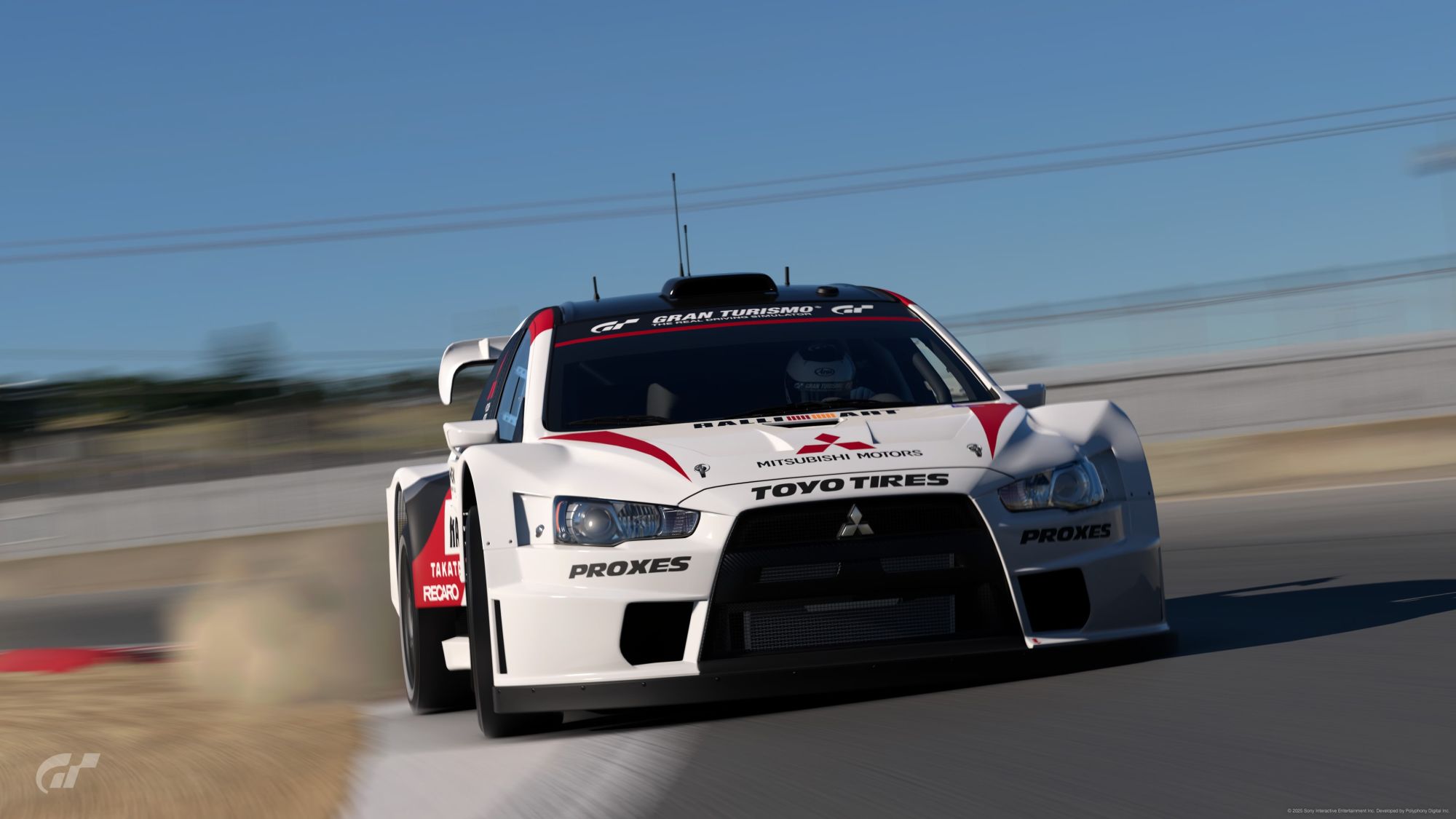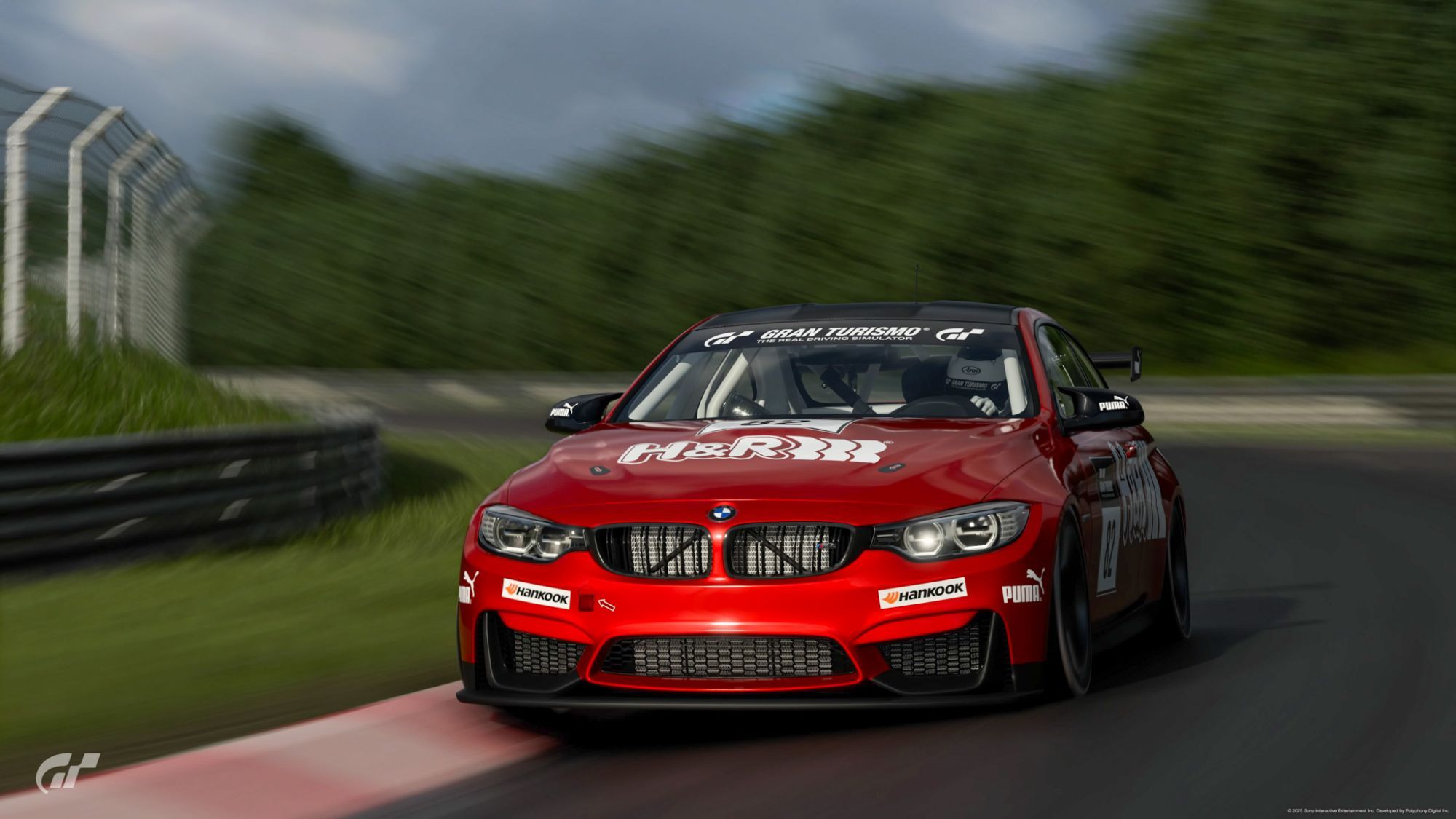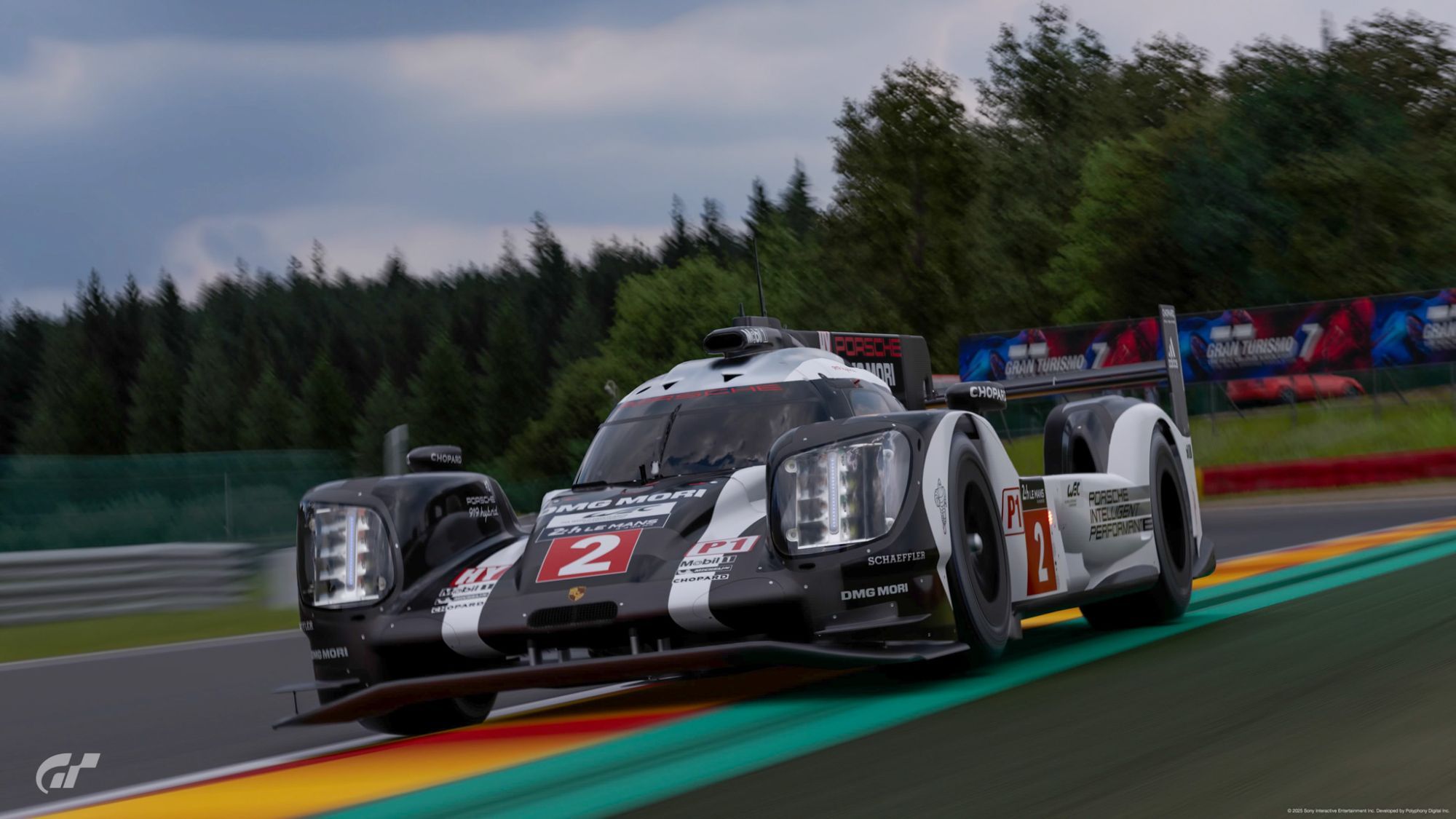
Tyres and Grip Level
Performance Drop-off: Tyres experience a significant drop in performance, which means pit strategies and tyre management have become even more critical. Making it crucial to manage them carefully during longer races or races with high tyre multipliers.
Taking Care of the Tyres: We need to focus on not turning the wheel too much to cause the front tyres scrubbing the surface more than it’s needed. This now presents a challenge, which we can always try to make easier for ourselves. At the start of the race, taking the first couple of laps easier can significantly benefit tyre life. This initial caution helps keep the tyres cooler for longer, providing better performance throughout the race. It's about finding the balance between maintaining competitive speed and preserving tyre health.
Several techniques can help in taking care of the tyres:
Braking Straight: Always break in a straight line to avoid putting lateral stress on the tyres. This reduces the chance of tyre wear from unnecessary friction.
Minimizing Trail Braking: Trail braking can be effective but should be minimised to prevent excessive heat build-up in the tyres.
Avoiding High-Speed Turns: High-speed turns put immense pressure on the tyres, increasing wear. Instead, aim for smoother and slower cornering when possible, sacrificing a bit of speed for better tyre life.
This approach can lead to more consistent lap times and fewer pit stops, ultimately improving overall race performance.
Changing Tyres: Tyre changes are a critical part of race strategy. As tyres wear, their performance drops, especially after surpassing the 50% wear mark. At this point, the degradation can be so severe that lap times increase by a second or more per lap. This significant drop-off requires efficient tire management to maintain competitive performance.
Handling: There's an increase in both understeer and oversteer. Drivers will notice both oversteer and understeer when entering or exiting corners, and both depend on the corner entry technique. Just one little tweak in while turning the wheel sooner that it’s needed may cause understeer, while trail braking or starting to turn the wheel too quickly can make the car oversteer on entry, demanding more precise steering inputs.
Understeer: There is a significant reduction of grip if the wheel starts to turn too soon and more than it’s needed.
Oversteer: There is also a significant chance of oversteer while braking or accelerating out of the turn.
To manage oversteer, drivers need to be precise with their steering and throttle inputs. Gradually applying throttle and avoiding sudden movements can help maintain rear-end stability. This part is very important coming down the mountain where we have to put the brake bias to minus, and then focus on only braking in the straight line, otherwise, we have a great risk of losing the car.
Mount Panorama Example
Grip Level
Front Grip and Response: The front tyres provide a more direct response during corners, enhancing the driving feel. But we need to be careful about car and tires combo. Hard tyres, while durable, present unique challenges in terms of control. They offer less grip compared to softer compounds, making it necessary to practise extreme caution while braking, acceleration, and cornering. The harder compound can be less forgiving, requiring drivers to adopt a smoother and more calculated approach to maintain balance.
Traction: Traction has improved, making acceleration out of corners more reliable. But again, this depends on the car and if the weight transfer is done in the right way.
Again, corner entry is now more important since that’s the part where we need to ensure that the car is stable. Making the car unstable on entry will cause problems on acceleration and even losing the back end.
Sliding and Tyre Wear
Sliding on corner entry, especially if turning the wheel too soon, increases front tyre wear. Rear tyres, however, are less affected by sliding. Even doing donuts won’t affect the rear tyres that much, while rapid change of direction can have a significant effect on the front tyres.
Recent changes in tyre performance dynamics indicate that tires lose more performance from sliding and turning than from braking and acceleration. This shift requires a strategic approach to cornering and overall tyre management as we have to focus more on:
Corner Entry Speed: Entering corners at an appropriate speed to prevent excessive sliding. Over-speeding into a corner increases the risk of sliding, thus accelerating tyre wear.
Smooth Transitions: Ensuring smooth transitions into and out of corners can help manage tyre wear. Abrupt changes in direction can increase tire wear and reduce tyre performance over the long run.
Controlled Steering Inputs: Using controlled and gradual steering inputs helps maintain the car's balance and minimises sideways movement, preserving tyre life.
Braking Bias
Impact of Adjustments: Changes to the braking bias now have a more noticeable effect on cars stability and adapting braking techniques for optimal performance is more important than before. I highly advise to keep most car on BB=0
Stability: Adjusting the braking bias can significantly influence the car's stability, making it more sensitive to precise adjustments. I do advise to try a couple of slower laps before deciding which brake bias you want to use in your hotlaps.
Force Feedback (FFB)
Enhanced Detail: The force feedback has been improved, providing more detailed information. However, the overall strength of the FFB has been lowered. I had to increase it by 60% with some cars. And this also meant changing my setting, which you can find in the link down in the description. I also made some changes in my suggested Fanatec settings article.
FFB issue: Most Fanatec wheels need to update to beta driver 457 to get better FFB. Although this is a beta driver that still has some bugs and may disconnect from time to time. This is a big disclaimer, so be careful with this change. You can find it here.
Assists
Assist hasn't changed much, but I noticed that TCS has a more significant impact on performance. I will advise not to use TCS if possible since it can lose even two tenths per corner. As usual, I advise to turn all other settings off, except counter steering assistance at weak.
Performance: Assists will result in slightly slower lap times. While the core mechanics of assists haven't changed, their effectiveness has been reduced due to the new physics model.
General Observations
Understeer and Oversteer: The new physics model demands a more controlled driving approach, balancing the increased understeer and oversteer.
Force Feedback Issues: Some players have experienced issues with force feedback, which can be resolved by updating to the latest beta firmware from the manufacturer.
Tyre Management: Tyre management has become more critical, with significant performance drops as tyres wear. Front tyre wear is particularly exposed when sliding into corners.
Lap Times and Car Behavior: Lap times and car behaviour have changed, with cars feeling heavier and requiring earlier braking. Sometimes even significantly earlier than usual.
I hope you found this article helpful and if you want a more detailed explanation, please check out my video below.






















